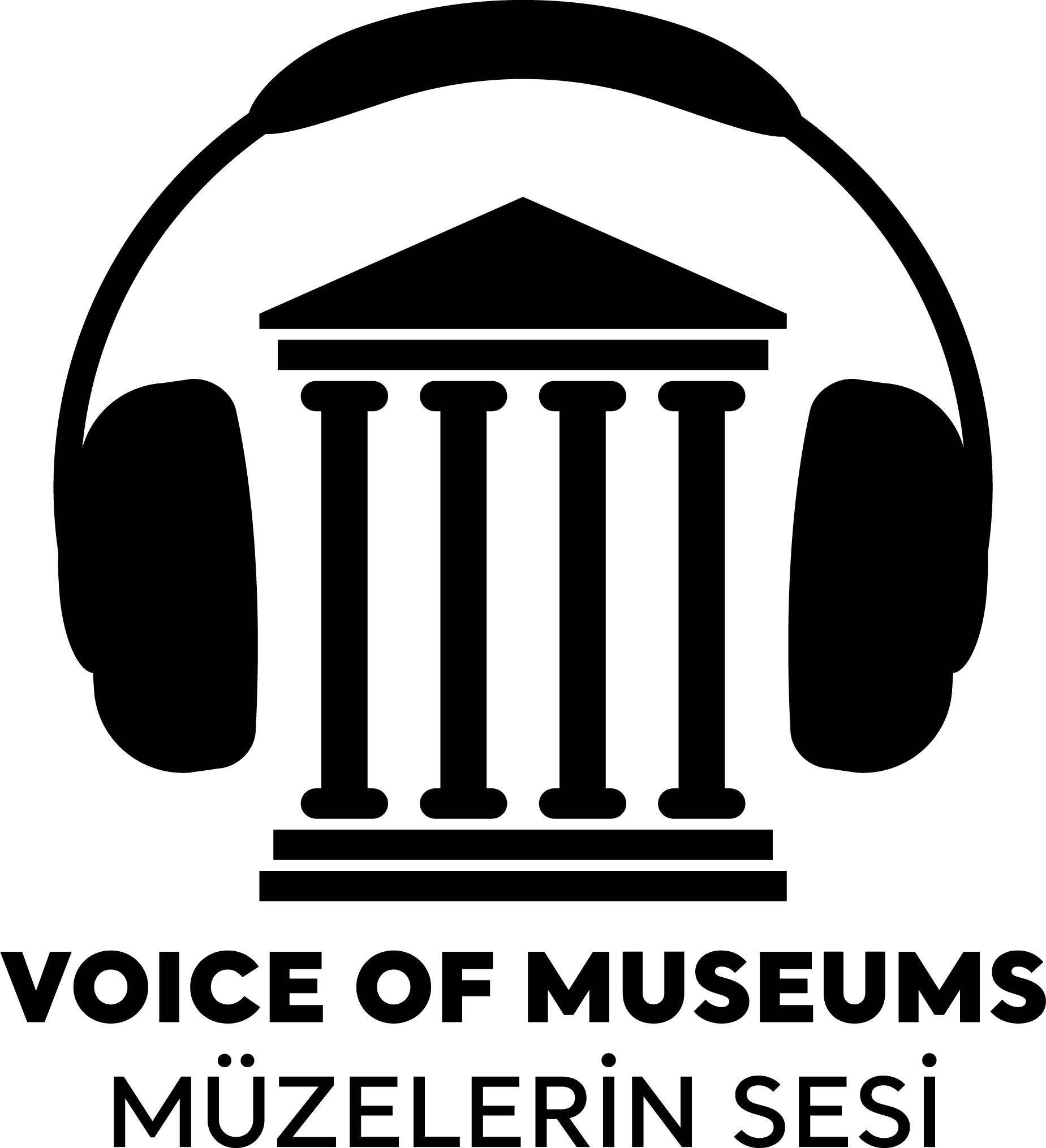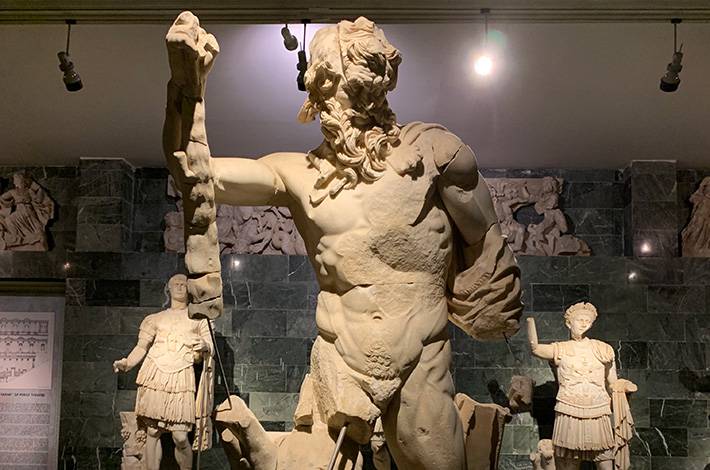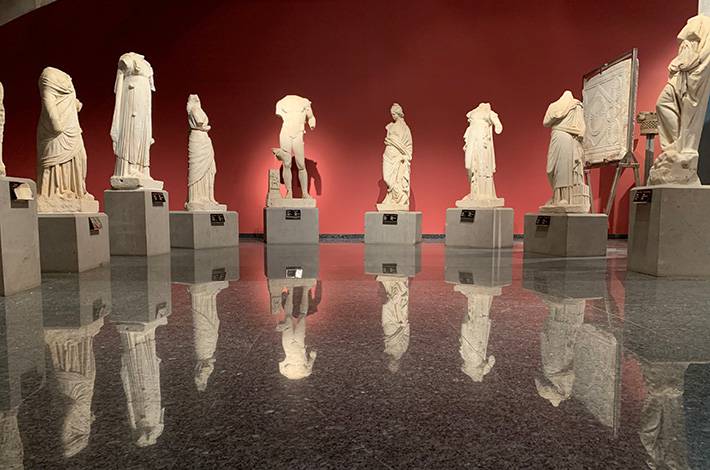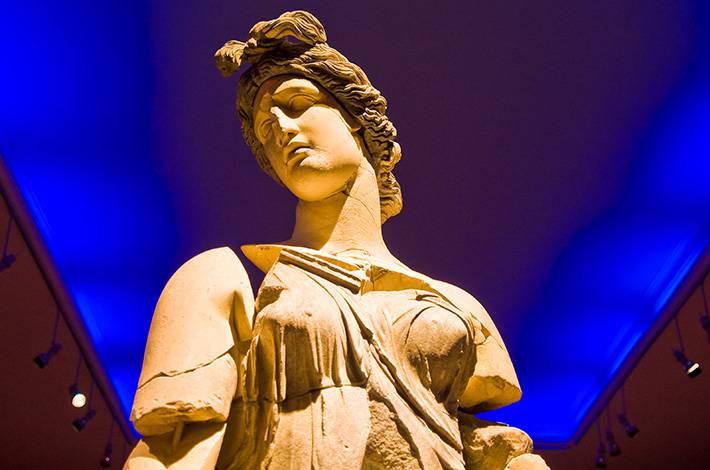Each artefact exhibited in the Antalya Archaeological Museum is considered a masterpiece of its kind. The museum's richness is due to its location in Antalya, one of the places in Anatolia where first human traces were seen. Antalya hosted magnificent cities of the Lycian, Roman and Byzantine civilisations and has witnessed uninterrupted human history. The Neanderthal skeleton fragments discovered in Karain Cave, the sculptures found in Perge, one of the sculpture production centres of Antiquity, the Elmalı Coins, also known as the 'Treasure of the Century', and the discoveries made during excavations in the Church of St. Nicholas, i.e. Santa Claus, are invaluable. The museum was awarded the 'Museum of the Year' by the Council of Europe in 1988 and the 'Excellence Award' in 2016 for its artefacts. The Weary Heracles The artefact is a copy of the sculpture created by the famous ancient sculptor Lysippos in the 4th century BC. It dates back to the 2nd century AD and belongs to the ancient city of Perge, renowned for its sculptures. During excavations in 1980, the lower part of the statue was discovered. In 2011, the upper part of the statue, which had been illegally smuggled abroad, was returned to its homeland and reunited with the lower part. The statue portrays Heracles resting on his staff after slaying the Nemean lion, an act that could not be accomplished with weapons. Referred to as 'Heracles Farnese', there are numerous Roman copies of this statue, but the one displayed in the Antalya Archaeological Museum is deemed superior due to its exceptional craftsmanship. The Emperors’ Hall The sculptures of Roman emperors found during excavations in the ancient city of Perge are considered masterpieces of Roman art. Alongside the emperor sculptures, the Dancer Sculpture, a symbol of the Antalya Museum, is also exhibited. This sculpture, which was assembled after being discovered in pieces, is highly admired for its monumentality, fine details, and vitality. The Sarcophagi Hall The sarcophagi reflect the artistic understanding of the period in which important and rich people were placed after their deaths in Antiquity. The decorations on them range from simple floral motifs to complex figured scenes. Most of the sarcophagi are found in the ancient city of Perge. The three most noteworthy sarcophagi are the Domitias Sarcophagus, which belonged to a husband and wife who were inseparable even in death, the Heracles Sarcophagus depicting the 12 tasks of Heracles, and the Girland sarcophagus with floral motifs and figures. The Hall of Coin, Small Artifacts and Icons This hall exhibits coins from various civilizations throughout the rich history of Antalya, as well as finds from shipwrecks, jewelry, and icons. Visitors can also observe the Anatolian coin minting tradition and techniques through visual aids. The most notable exhibit in this section is the 'Elmalı Coins', also known as the 'Treasure of the Century'.
ANTALYA MUSEUM






